Sales Pipeline vs Sales Funnel: Which is the Better Tool?
Introduction:
Welcome to a comprehensive exploration of two essential tools in sales optimization: Sales Pipeline vs Sales Funnel. In the dynamic landscape of modern business, crafting an efficient and effective sales strategy is paramount. The Sales Pipeline and Sales Funnel are integral components, offering distinct advantages and functionalities. In this insightful analysis, we will delve into the nuances of Sales Pipeline vs Sales Funnel, uncovering their unique attributes and guiding you towards informed decisions that align with your business objectives.
Two commonly used concepts in sales management are the sales pipeline and the sales funnel. While closely related, understanding their differences is essential for optimizing sales efforts and achieving desired outcomes. Whether you’re seeking to streamline your sales processes or enhance conversion rates, this discussion will provide the clarity you need to make the right choice for sustainable growth and success.
Key Takeaways:
Importance of Sales Processes in Driving Revenue:
Sales processes are the backbone of any successful sales operation. They encompass a series of structured steps and activities that guide sales agents from lead generation to deal closure. These processes ensure that sales team members clearly understand their objectives, customer needs, and the necessary actions to move deals forward.
By implementing effective sales processes, organizations can achieve the following benefits:
- Improved Efficiency: By providing a roadmap for each customer journey stage, well-defined sales processes enable sales teams to work more efficiently. This helps sales reps prioritize tasks, focus on high-value prospects, and save time on unqualified leads.
- Consistency and Replicability: Sales processes establish a standardized approach to sales engagements, ensuring consistent customer experiences and predictable outcomes. This allows organizations to replicate successful sales strategies and scale their operations effectively.
- Increased Sales Velocity: Streamlined sales processes reduce friction and bottlenecks, enabling deals to move swiftly through the pipeline. This, in turn, increases sales velocity, shortens sales cycles, and accelerates revenue generation.
- Enhanced Customer Relationships: Sales processes emphasize understanding customer needs and providing tailored solutions. Organizations can build stronger relationships, foster trust, and enhance customer satisfaction by aligning sales efforts with customer expectations.
Overview of Sales Pipeline vs Sales Funnel:
The sales pipeline and the sales funnel are fundamental concepts used to manage and track sales activities. While they share the common objective of guiding prospective buyers through the sales journey, they differ in perspective and focus.
- Sales Pipeline: The sales pipeline provides an internal view of the sales process. It represents the sequential stages that a deal progresses through, from initial contact to closure. These stages typically include prospecting, qualification, needs analysis, proposal, negotiation, and closing. The sales pipeline allows sales teams to track individual deals, evaluate their progress, and allocate resources effectively.
- Sales Funnel: In contrast, the sales funnel provides an external view of the buyer’s journey. It visualizes the broader prospect-to-customer conversion process. The funnel illustrates a potential buyer’s different stages, from initial awareness to making a purchase decision. These stages often include awareness, interest, consideration, intent, evaluation, and purchase. The sales funnel helps organizations understand how prospects move through the various stages and identify areas for optimization.
The sales pipeline and the sales funnel are essential tools for effective sales management. They provide valuable insights into the sales process and help organizations make data-driven decisions.
Understanding the Sales Pipeline
The sales pipeline is a fundamental concept in sales management that provides a structured framework for tracking and managing individual deals throughout the sales process. It represents a prospect’s sequential phases, beginning with the initial contact and ending with the final sale.
What is a sales pipeline?
The sales pipeline can be defined as a visual representation or a systematic approach to managing and tracking the progress of individual sales opportunities. It is a road map outlining the various steps and activities required to convert a prospective lead into paying customer. By visualizing the sales pipeline, sales professionals can gain clarity on the status of each deal and allocate resources strategically.
Based on my experience Pipedrive stands out as the premier choice for sales pipeline management due to its user-friendly interface, customizable workflow features, and robust integration capabilities, empowering businesses to efficiently track leads, manage contacts, and drive conversions with unparalleled ease and effectiveness. Try Pipedrive for free.
What are the Stages in a Typical Sales Pipeline?
A typical sales pipeline consists of several stages that a prospect progresses through. While the specific stages may vary depending on the organization and industry, here are the key stages commonly found in a sales pipeline:
- Prospecting and Lead Generation: This stage involves identifying and qualifying potential leads. Sales representatives leverage various methods, such as cold calling, email outreach, networking, and marketing campaigns, to generate leads and initiate contact with prospects.
- Qualification and Research: In this stage, sales professionals evaluate the viability of the leads. They assess the prospect’s needs, budget, decision-making authority, and fit with the company’s offerings. Thorough research is conducted to gather information about the prospect’s business, challenges, and competition.
- Needs Analysis and Solution Development: Once a lead is qualified, the sales team engages in a comprehensive needs analysis. They uncover the prospect’s pain points, challenges, and goals. Based on this information, they develop tailored solutions and demonstrate how their product or service can address the prospect’s needs.


- Proposal and Negotiation: At this stage, the sales team presents a proposal that outlines the recommended solution, pricing, and terms. Negotiations may take place to address any concerns or objections the prospect raises
- Closing the Deal: The final stage of the sales pipeline involves obtaining the potential buyers’ commitment and officially closing the deal. Contracts may be signed, payment terms finalized, and delivery or implementation arrangements made.
Related Article: “What is a Sales Pipeline, and How to Create One?”
Importance of Tracking Progress and Moving Deals Through the Pipeline:
Tracking progress and effectively managing deals throughout the sales pipeline is paramount. Here’s why:
- Visibility and Accountability: By tracking each deal’s progress, sales managers gain visibility into the performance of their sales teams and individual representatives. It allows them to identify bottlenecks, areas for improvement, and coaching opportunities.
- Forecasting and Decision-Making: The sales pipeline provides valuable data for forecasting revenue and making informed business decisions. Sales leaders can project future revenue, allocate resources, and adjust strategies as needed by analyzing the number and value of deals at each stage.
- Resource Allocation: The sales pipeline aids in allocating resources, such as time, effort, and budget, to the most profitable deals. Sales teams can prioritize high-value opportunities and allocate appropriate resources based on the pipeline stage. This ensures that valuable resources are invested in deals with the highest likelihood of closing, optimizing efficiency and productivity.
- Sales Velocity and Revenue Generation: Moving deals through the pipeline efficiently increases sales velocity and accelerates revenue generation. A well-managed sales pipeline enables sales representatives to identify and address obstacles promptly, reducing the sales cycle length.
The sales pipeline provides a structured approach to managing individual sales opportunities. By understanding its stages and tracking progress, sales teams can enhance visibility, make informed decisions, allocate resources effectively, and accelerate revenue growth.
Following-up Cold Leads
Cold calling, cold prospects within a sales pipeline requires a strategic approach to effectively break the ice and nurture potential leads. When engaging with these unwarmed prospects, it’s crucial, to begin with thorough research to understand their pain points, industry challenges, and potential needs. Armed with this knowledge, your initial contact can be tailored to resonate with their specific concerns, demonstrating your genuine interest in their success and fostering a more personalized connection.
Crafting a compelling script is equally vital, focusing on value-driven messaging highlighting your product or service’s unique solutions. During this initial outreach, the goal should be establishing rapport and piquing their curiosity rather than closing the deal immediately. A well-structured call should offer insights, provoke thoughtful conversation, and present a clear next step, such as scheduling a follow-up call or sharing valuable resources. Consistency, resilience, and the ability to adapt based on prospects’ responses will be the keys to turning cold calls into warm leads within your sales pipeline.
Related Article: “Cold Calling vs Cold Emailing: Which is Better?”
Decoding the Sales Funnel
The sales funnel is a conceptual framework that provides a holistic view of the buyer’s journey from initial awareness to purchasing. It helps organizations understand the progression of prospects through different stages and enables effective marketing and sales strategies.
What is a sales funnel?
The sales funnel, or the marketing funnel, represents the path potential customers follow as they move through various stages of engagement with a company. The funnel analogy illustrates the gradual narrowing of prospects from a larger pool to fewer customers who complete a purchase
What are the Stages in a Typical Sales Funnel?
Despite the fact that the specific phases and terminology of a sales funnel may vary by business and industry, the following are the most widely recognized steps in a sales funnel:
- Awareness: At the top of the funnel, prospects become aware of a brand, product, or service. They may discover it through various channels, such as advertising, social media, content marketing, google search, or word-of-mouth. The objective of the first stage is to capture attention and generate initial interest.
- Interest: In this stage, prospects exhibit an active interest in the brand or offerings. They seek more information, engage with content, and explore available resources. Marketers focus on nurturing this interest by providing valuable content, educational materials, and relevant communication to move prospects further down the funnel.
- Consideration: As prospects move deeper into the funnel, they enter the consideration stage. Here, they actively evaluate different options and compare solutions. They may seek out product demonstrations, case studies, and reviews and engage in direct conversations with sales representatives.
- Evaluation: In the evaluation stage, prospects thoroughly assess the available options and compare them based on criteria such as features, pricing, reputation, and customer reviews. They may engage in detailed product demonstrations, request references, or trial versions. The aim is to differentiate the brand from competitors and reinforce its value proposition.
- Purchase: The final stage of the sales funnel is the purchase stage. At this point, prospects have decided to become customers and complete the transaction. They make the final purchase, sign contracts, and initiate the onboarding or implementation process.
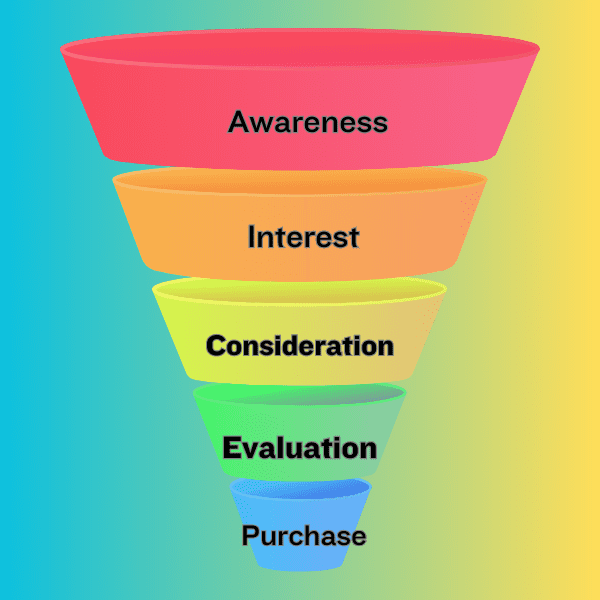

The best sales funnel builder that I have employed is Systeme.io. This platform has the best Free Forever Plan Sales Funnel Builder. If you are using another platform, you can avail of the 30% special discount on the start-up plan plus free migration done for you.
Emphasizing the Top-Down Narrowing of Prospects in the Funnel
A significant characteristic of the sales funnel is the top-down narrowing of prospects. As prospects move through the funnel stages, the number of individuals decreases, representing the natural attrition during the buyer’s journey.
Understanding this top-down narrowing is crucial for optimizing sales and marketing efforts. It helps organizations focus resources on prospects with a higher likelihood of conversion, tailor messaging to specific funnel stages, and implement targeted strategies to address prospects’ needs and concerns at each stage.
Organizations can align their marketing and sales activities by recognizing the top-down narrowing. They can invest in lead generation at the top of the funnel, nurture and engage prospects in the middle stages, and employ persuasive tactics to close deals at the bottom of the funnel.
What is the Difference Between the Sales Pipeline and the Sales Funnel?
Despite the fact that the terms “sales pipeline” and “sales funnel” are sometimes used interchangeably, it is essential to recognize that they refer to distinct aspects of the sales process. Understanding the differences between the sales pipeline and sales funnel is crucial for effectively managing sales efforts and optimizing overall sales performance.
Focus and Perspective: Sales Pipeline Vs Sales Funnel
- Sales Pipeline: The sales pipeline provides an internal view of the sales process. It focuses on the progression of individual deals through specific stages, from initial contact to closure. It is a tool used primarily by sales teams and managers to track and manage the status of individual opportunities.
- Sales Funnel: In contrast, the sales funnel provides an external view of the buyer’s journey. It focuses on the overall customer experience and their progression from initial awareness to purchasing decisions. The sales funnel looks at the larger picture, considering the flow of prospects through different stages and touchpoints. It helps organizations understand how prospects engage with the brand and guides marketing strategies to attract, engage, and convert potential customers.
Timing and Progression:
The sales pipeline and sales funnel differ in terms of the timing and progression of deals and prospects:
- Sales Pipeline: Deals in the sales pipeline progress linearly through defined stages. Once a deal enters the pipeline, it moves from one step to the next until it reaches closure. The steps in the pipeline represent specific milestones that need to be achieved before moving forward. Deals generally follow a predetermined sequence, ensuring a systematic and structured approach to deal management.
- Sales Funnel: Prospects in the sales funnel move through different stages at varying speeds. Prospects enter the funnel at the awareness stage and progress through subsequent stages based on their decision-making processes and engagement with the brand. Not all prospects move through the funnel at the same pace, and some may exit the funnel at various stages if they are not a good fit or lose interest.
Purpose and Use:
The sales pipeline and sales funnel serve distinct purposes and have different applications:
- Sales Pipeline: The primary purpose of the sales pipeline is to track and manage individual deals. It provides sales teams and managers with a clear view of the status of each opportunity, enabling them to allocate resources effectively, prioritize activities, and identify potential bottlenecks. The sales pipeline helps sales professionals focus on moving deals through the various stages and increasing the likelihood of successful closure.
- Sales Funnel: On the other hand, the sales funnel is used to identify and analyze the overall sales performance. It offers insights into the effectiveness of marketing and sales strategies, the conversion rates at each stage, and the overall health of the sales process. The sales funnel helps organizations assess the efficiency of lead generation, conversion rates, and customer engagement and identify areas for improvement in the entire sales cycle.
While the sales pipeline and sales funnel are related concepts, they differ in focus, timing, and purpose. The sales pipeline provides an internal perspective on individual deals and their progression through defined stages. In contrast, the sales funnel offers an external view of the buyer’s journey and the overall customer experience. Understanding these differences allows organizations to leverage both concepts effectively to manage individual deals and analyze the performance of the sales process as a whole.
The Interplay between Sales Pipeline and Sales Funnel:
The sales pipeline and sales funnel are not isolated concepts; they are interconnected and rely on each other to drive successful sales outcomes. Understanding the interplay between the sales pipeline and the sales funnel is crucial for achieving optimal results and maximizing revenue generation.
Illustration of How the Sales Pipeline and Sales Funnel are Interconnected:
Imagine the sales pipeline as a series of connected tunnels, representing the stages that individual deals progress through. At the same time, envision the sales funnel as a broader structure encompassing the various touchpoints and stages of the buyer’s journey. The interplay between the two can be illustrated as follows:
Prospects enter the sales funnel at the top, representing the awareness stage. As they move through the funnel, engaging with the brand and considering their options, some prospects emerge as qualified leads. These leads then enter the sales pipeline, becoming individual deals tracked and managed through the defined stages.
As the deals progress through the sales pipeline, they align with the corresponding stages in the sales funnel. The goal is to move each value from one stage to the next, mirroring the advancement of prospects through the funnel. Ultimately, the deals in the sales pipeline aim to reach the final stage of the funnel—purchasing the product or service.
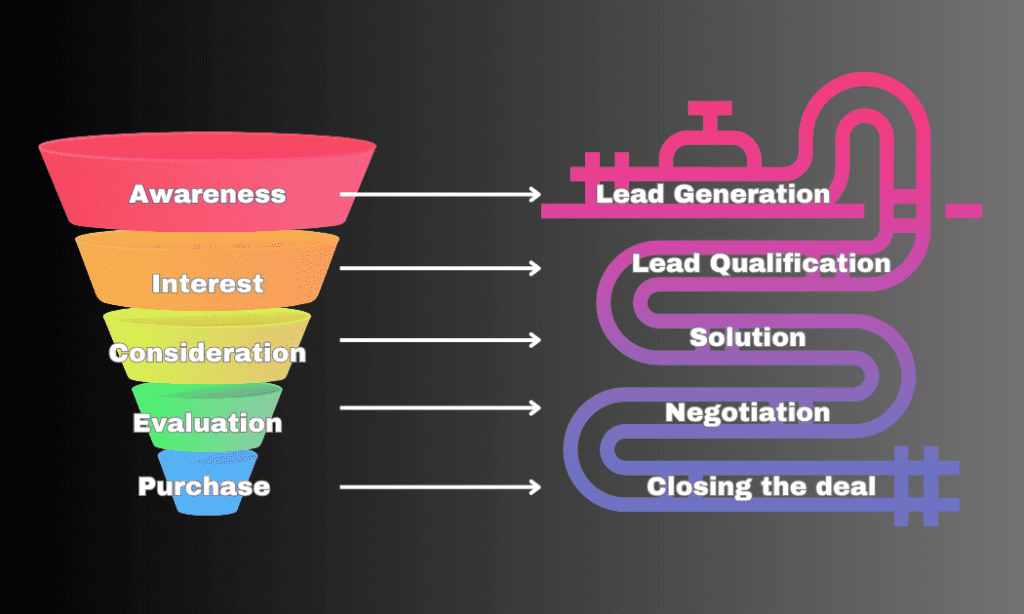

How the Sales Pipeline Feeds into the Sales Funnel
The sales pipeline feeds into the sales funnel by converting prospects into qualified leads and, subsequently, into closed deals. The pipeline provides a mechanism for managing and nurturing individual deals, ensuring they align with the corresponding stages in the sales funnel.
As prospects progress through the sales funnel, the marketing and sales efforts aim to identify and qualify leads most likely to convert. These qualified leads are then prioritized and entered into the sales pipeline, where they receive focused attention and efforts to move them through the defined stages.
The sales pipeline acts as a conduit for guiding and tracking the progression of these leads, ensuring they receive appropriate nurturing and engagement at each stage. As deals move through the pipeline, sales teams work to address objections, overcome challenges, and provide the necessary information and support to facilitate the decision-making process.
Importance of Aligning the Two Processes for Optimal Results
To achieve optimal results, aligning the sales pipeline and sales funnel is essential. Here’s why this alignment is crucial:
- Efficient Lead Management: Aligning the sales pipeline and sales funnel ensures a smooth transition from lead generation to deal closure. The sales pipeline provides a structured approach for managing individual deals, while the sales funnel offers insights into the customer journey. When these two processes are aligned, it becomes easier to identify the most promising leads, prioritize resources, and tailor the sales approach to meet the prospects’ needs at each stage.
- Enhanced Sales Visibility: The alignment of the sales pipeline and sales funnel improves visibility into the sales process. Sales managers can gain a comprehensive view of both the individual deal progression and the overall sales performance. This visibility enables better forecasting, resource allocation, and decision-making, as managers can identify bottlenecks, optimize sales strategies, and provide targeted coaching and support to the sales team.
- Improved Customer Experience: Aligning the sales pipeline and sales funnel ensures a cohesive and consistent customer experience throughout the buyer’s journey. By understanding how prospects progress through the sales funnel and aligning the sales pipeline stages accordingly, sales teams can provide personalized and relevant interactions at each touchpoint.
The sales pipeline and sales funnel are interconnected elements of the sales process. The pipeline feeds leads into the funnel, while the funnel guides the progression of prospects through various stages. Aligning these two processes is essential for efficient lead management, enhanced sales visibility, and improved customer experience. By recognizing their interplay and optimizing their alignment, organizations can achieve optimal results in driving revenue and fostering long-term customer relationships.
Success Stories:
Pipedrive User: (Sales Pipeline Builder)
Testimonials:
Systeme.io Customer Testimonials: (Sales Funnel Builder)
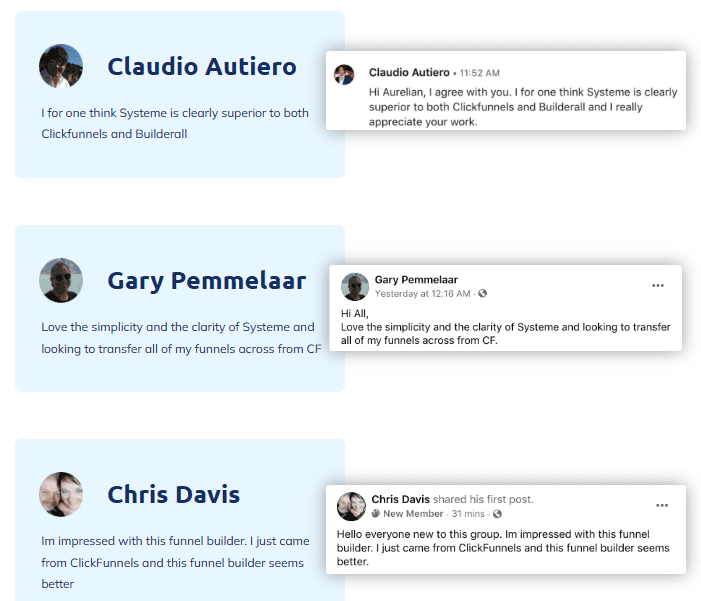

Final Thoughts And Recommendations:
Understanding the difference between the sales pipeline and the sales funnel is crucial in the world of sales. While the sales pipeline focuses on the internal view of individual deals progressing through defined stages, the sales funnel provides an external view of the buyer’s journey, from awareness to purchase. These concepts are interconnected; their alignment is critical to driving revenue and achieving optimal sales results.
The sales pipeline allows sales teams and managers to track and manage individual deals, ensuring a systematic approach to deal progression. It provides visibility into the status of each opportunity, enabling effective resource allocation and informed decision-making. On the other hand, the sales funnel offers a broader perspective on the overall customer experience.
The interplay between the sales pipeline and the sales funnel is illustrated by how leads flow from the top of the funnel into the pipeline, progressing through the stages until they become closed deals. The alignment of these processes ensures efficient lead management, enhanced sales visibility, and a seamless customer experience.
Recommended Sales Funnel Builder:


Systeme.io
Systeme.io is the best way to start and scale your online business. It gives you everything you need to create sales funnels, email campaigns, online courses, and more. And it’s incredibly affordable – you can get started for free and pay as you grow. Don’t miss this opportunity – sign up for the Free Version Forever Plan now.
Recommended Sales Pipeline Builder:
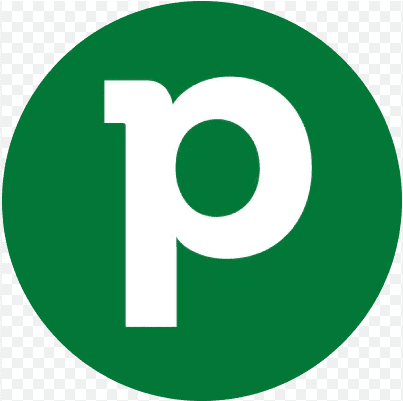

Pipedrive
If you want to boost your sales and grow your business, you need a CRM that can help you manage your sales pipeline effectively. That’s why you should try Pipedrive, the CRM software that helps small teams to drive sales. Click the product link below.
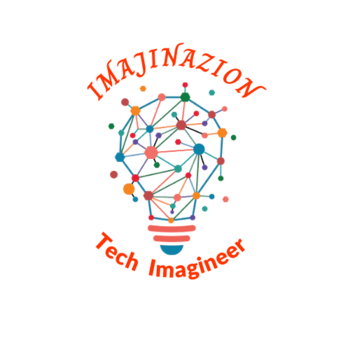
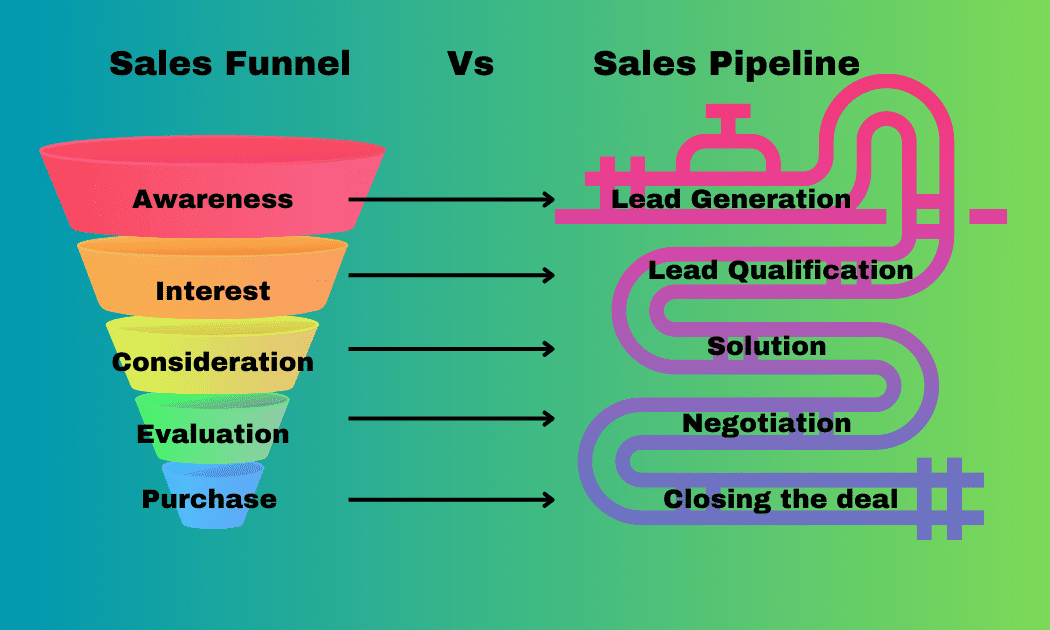
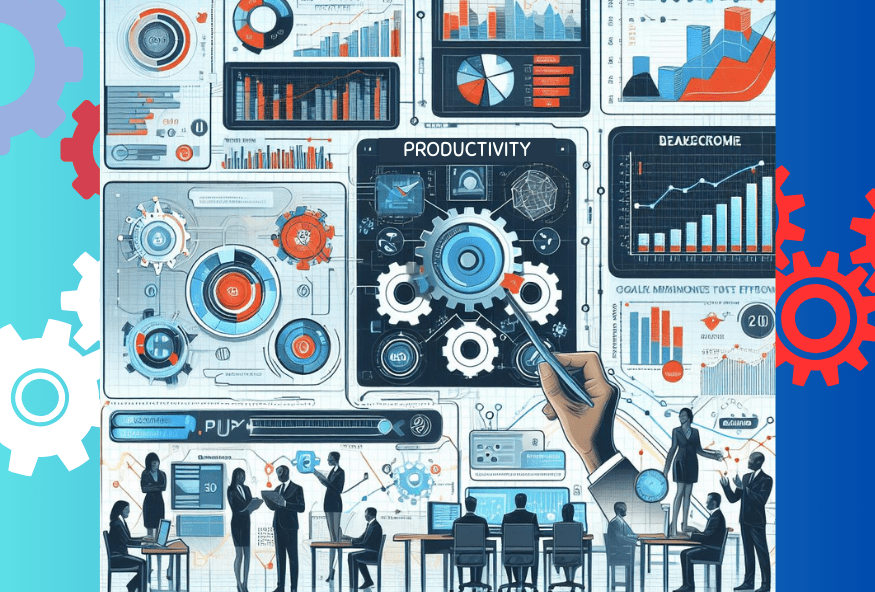



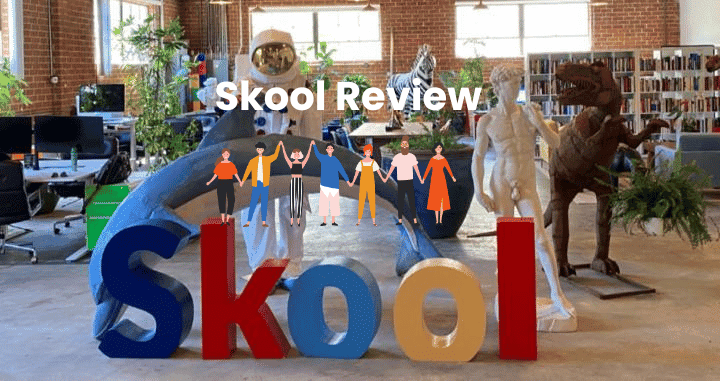



4 Comments